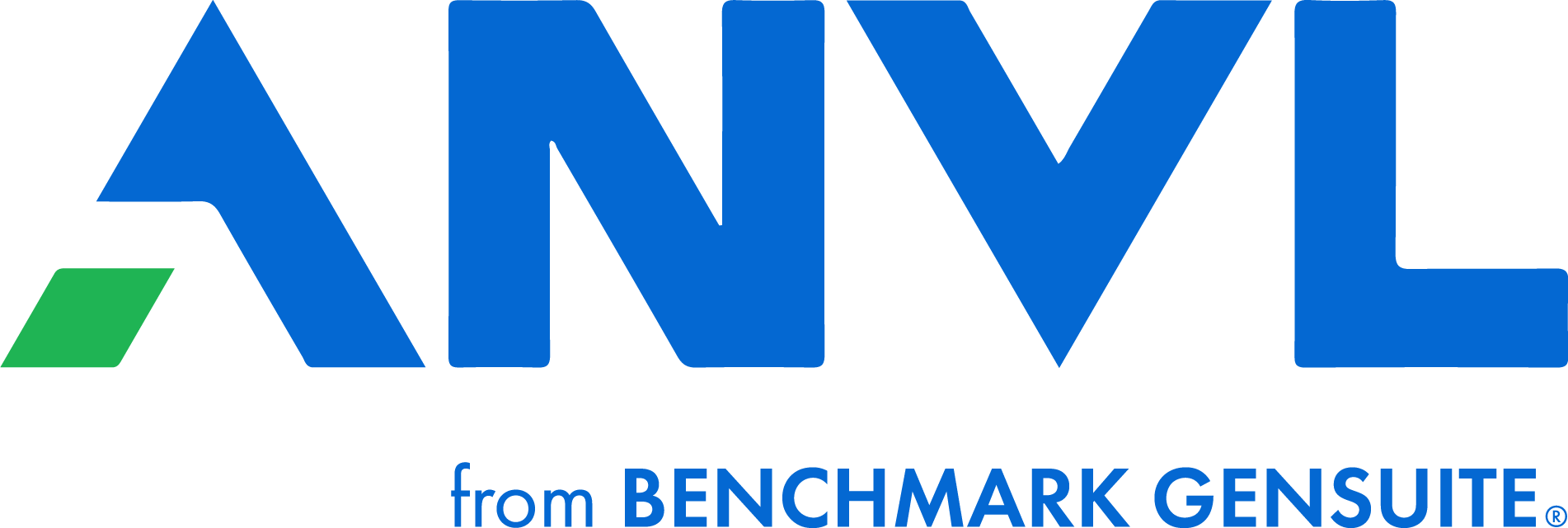The map that the business is following to achieve digital transformation mirrors the map that IT organizations followed to implement DevOps practices. Those mirror the map that occurred when waterfall methodologies transformed to agile philosophies. It is always easier to leverage a map to know you’re headed in the right direction. At the beginning of each of these stories, there was fear, misunderstanding, a lack of trust, and a lack of vulnerability to learn.
In the industrial safety space, we often see many of the same symptoms that you see above. We see the “safety business” as internal silos at companies. They push down audits and look to eliminate all human error, often see a human error as the “root” of all problems. We see a lack of trust between the frontline worker and those responsible for rolling out safety policies. We see a lack of ongoing learning on both ends of the process. And, most of all, we see a lack of collaboration, trust, and vulnerability between departments and levels of the organization.
If we are following the same map to the new world… one expects that delivering digital transformation to the industrial safety space will also result in an improved bottom line, better results, and more importantly – higher achieving success for the organization’s goals.
Let’s imagine all of the possibilities from both a business and safety bottom-line perspective if we focused on empowering the frontline worker, building cross-functional trust relationships, and cultivating a culture of continuous learning.
What is “human error” anyway?
The IT world is very familiar with human error. It’s tied to a majority of disaster recovery events and a significant number of security events. In IT, when we looked at the major causes of data center outages, downtime, and security breaches, the causes were far less likely to be from natural disasters. Instead, “human error” was attributed as the root cause most of the time; typos that take down regional data centers, end users clicking on an email link that shouldn’t have been clicked on, or servers running an unpatched operating system with known vulnerabilities… the list could go on for pages and each would be mapped to a significant financial impact on a company’s bottom line.
One interesting safety expert in the industrial field, Sidney Decker, classifies two ways of thinking around human error. He describes the “old world” of safety as one that accepts human error as the end of the investigation.
In the IT world, there’s a well-published story about a software engineer whose typo took down Amazon’s East region.(https://www.theverge.com/2017/3/2/14792442/amazon-s3-outage-cause-typo-internet-server). Now, in the old world, someone investigating the root cause of that incident would have identified the typo, blamed the individual, and that might have been the end of the investigation. However, Amazon Web Services embraces DevOps and a new world culture. So, they took advantage of these tools and the culture that exists in the “new world”.
In DevOps culture, we look at incidents as the opportunity to learn more. We would look at that individual whose typo caused the east region to go down and say, “Well done, you have now found a critical flaw in our systems. You are the expert now at fixing that, and teaching us so that never happens again.”
Because, as Decker points out in his book, The Field Guide to Human Error, individuals don’t go into their workday, their work, or their task trying to make a mistake. When you reason backward to try to understand where the mistake happened, you will only find the place to start the investigation. When you instead, take the new world approach to human error, you have to reason forward. Begin to understand all the inputs that the individual was taking in at the time that decision was being made. If people want to make the right decision, what inputs made that individual believe they were making the right decision… until an incident occurred? Those inputs and the systems that delivered that information is what can be adjusted in the future to ensure a safer environment.
That is the very heart of the culture change that is necessary to digitally transform your business.
Empower your frontline workers with the right information, training, and education to make the best decisions possible with the best information available, and you will create the necessary culture of ongoing learning to ensure success.
Diana Nolting serves as Director of Product at Anvl. Before joining Anvl Diana served as Product Manager at Bluelock, an industry-leading Disaster Recovery-as-a-Service provider where she had a front-row seat to see the magnitude of change and possibility that digital transformation can bring to the business, particularly when cloud technologies are applied to solve business problems. At Anvl, Diana is responsible for driving the product strategy and vision, ensuring both continue to evolve and innovate to serve needs of the safety industry and deliver continuous value.

